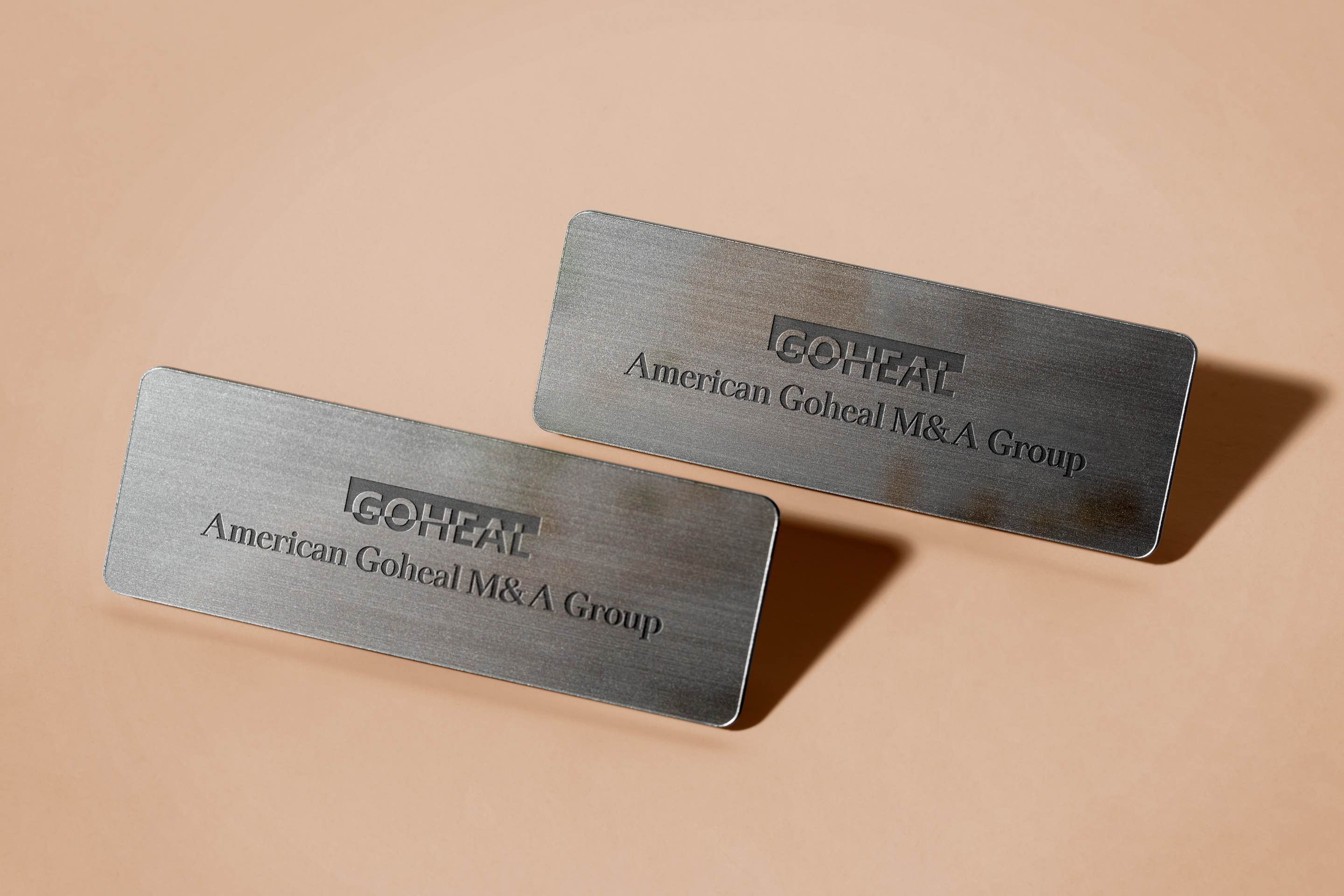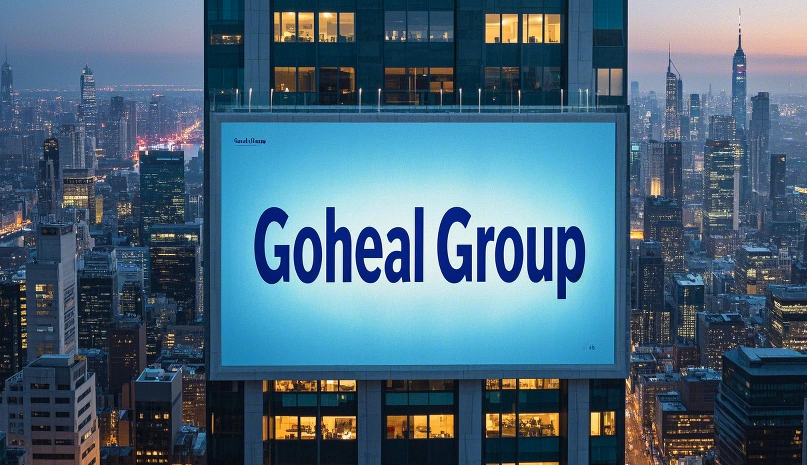Behind every merger and acquisition is the battle between corporate expansion, capital operation and market competition. But what really determines the success or failure of a merger and acquisition is not just the numbers on the financial statements, but the chemical reaction after integration. How can two originally independent companies achieve the effect of "1+1>2" after the merger and acquisition, rather than falling into the embarrassment of "1+1<1.5"?

American Goheal M&A Group
Goheal has witnessed countless cases in the global M&A market: some have become industry giants after mergers and acquisitions, while others have fallen into a quagmire due to failed integration. How can the merged companies truly achieve "seamless docking"? Today, we will explore the secret of efficient integration from the three core dimensions of talent, technology and brand.
Talent: The invisible battlefield after mergers and acquisitions
There is a saying that goes: "The essence of mergers and acquisitions is not to buy a company, but to buy people." But in reality, many companies find that they have only bought an "empty shell" after the merger and acquisition - the original management team has left, the core technical talents have been lost, the corporate culture is not adapted to the local environment, and the integration ultimately fails.
Why is the loss of talent so serious? Because mergers and acquisitions are not just financial transactions, but also a clash of organizational cultures. Buyers often want to take over quickly, while sellers may be anxious about future uncertainties, and employees are even more cautious about the management style of the new boss. If the management is completely replaced after the merger and acquisition, the cohesion of the original company is lost, and the most critical talents may directly choose to leave, taking away not only skills, but also the "soul" of the entire company.
How to crack it? Goheal's experience shows that "stability + incentives" is the core strategy:
1. Lock in key talents - by signing a retention agreement for key positions, provide attractive long-term incentive plans to ensure that the core team after the merger and acquisition is not shaken.
2. Cultural integration plan - not a simple "annexation", but through transitional management, respect and absorb the excellent culture of the acquired company, so that employees feel a sense of belonging.
3. Two-way empowerment - after the merger and acquisition, it is not a simple "superior-subordinate" relationship, but to create a space for both teams to learn from each other and grow together.
Technology: How to make 1+1 truly greater than 2?
The difficulty of technology integration is that the acquired companies often have different technology architectures, R&D paths and data systems. How to achieve compatibility? If the technical teams are not properly integrated, "technology islands" may appear, resulting in resource duplication, low collaboration efficiency, and even affecting business development.
The most typical case is that after some Internet companies acquired an AI company, the R&D teams were incompatible due to completely different system architectures. In the end, the core technology team of the AI company left collectively, and the entire merger and acquisition case became an expensive failure.
How to avoid the pitfalls of technology integration?
1. Set the technology integration route in advance - During the M&A negotiation stage, the differences in the technical architectures of both parties should be clarified, and a detailed integration plan should be formulated, rather than waiting until the M&A is completed to "cram".
2. Avoid "big unification" forced integration - Not all mergers and acquisitions are suitable for "full takeover". For companies with unique technological advantages, the "independent operation + technology sharing" approach can be adopted to retain the original innovation and achieve synergy.
3. Data-driven decision-making - Through big data analysis, find the real "resonance point" in the technical systems of both parties to achieve optimal integration, rather than blindly forcing mergers.
Goheal has adopted the "technical collaboration + independent innovation" model in many technology enterprise mergers and acquisitions cases, allowing new and old teams to work together efficiently while retaining their respective innovative genes to ensure that the company's technological value is maximized.
Brand: Market positioning war after mergers and acquisitions
A company's brand represents market awareness, user loyalty and competitive barriers. After the merger and acquisition, how to make the two brands maintain their respective market advantages and achieve synergy is often the most challenging part.
For example, after an international fast-moving consumer goods giant acquired a local brand, it blindly adopted a global unified brand strategy, resulting in the loss of its original loyal users and eventually forced to readjust its strategy. On the contrary, after another food company acquired a local brand, it adopted a "dual-brand operation" to allow the acquired brand to continue to maintain its local characteristics while achieving integration in the supply chain, and ultimately increasing its market share instead of decreasing.
What are the key strategies for brand integration?
1. Maintain the market value of the original brand - mergers and acquisitions do not mean that you have to "change your face". If the original brand has a strong influence in a specific market, maintaining brand independence can bring greater commercial value.
2. Accurate brand linkage strategy - through the "parent brand + sub-brand" model, let the two brands work together in different markets and different user groups, instead of devouring each other.
3. Consumer communication - After the merger and acquisition, brand adjustments must be done well in market communication, so that users can understand the new changes and avoid the trust crisis caused by brand reshaping.
In some international brand integration cases that Goheal has participated in, brand continuation + market synergy is often the most successful strategy. Compared with simple brand changes, it is more important to let consumers accept the value-added experience brought by mergers and acquisitions, rather than a sense of separation.
Conclusion: In the post-merger world, it is not capital that matters, but integration
Successful mergers and acquisitions are only the first step, and the real challenge lies in how to integrate. The stability of talents, the synergy of technology, and the integration of brands are the three core elements that determine the success or failure of corporate mergers and acquisitions. If you cannot do a good job of integration in these three dimensions, even if it seems to be "capital appreciation" on the books, it may eventually fail due to internal friction.
What merger and acquisition cases do you think are successful examples of integration? And what mergers and acquisitions are in trouble due to failed integration? Welcome to leave a message to discuss, let us explore the deep mysteries of capital operation together!

Goheal Group
[About Goheal] Goheal is a leading investment holding company focusing on global mergers and acquisitions. It has deep roots in the three core business areas of acquisition of controlling rights of listed companies, mergers and acquisitions of listed companies, and capital operations of listed companies. With its profound professional strength and rich experience, it provides companies with full life cycle services from mergers and acquisitions to restructuring and capital operations, aiming to maximize corporate value and achieve long-term benefit growth.